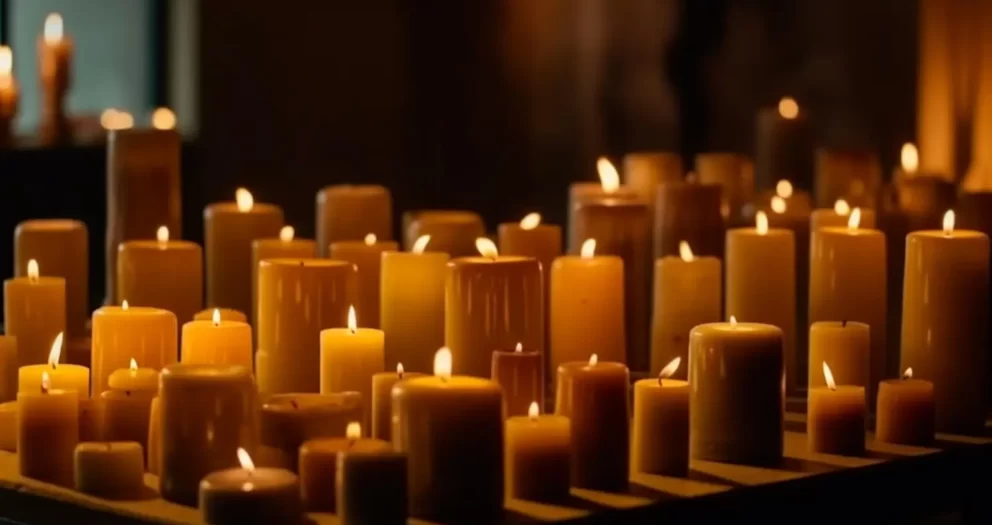Handling the cremated remains of a loved one is a sensitive matter, and funeral homes are dedicated to ensuring that the process is carried out with the utmost respect and care. Here’s how cremated remains are typically given to families:
1. In-Person Collection at the Funeral Home:
- The most common method is for family members or designated individuals to collect the remains directly from the funeral home.
- Upon arrival, you will likely be taken to a private room where the remains, contained within an urn or temporary container, will be handed over to you. The staff will handle everything with care, allowing you a moment if needed.
2. Home Delivery:
- Some funeral homes offer a personal delivery service to bring the remains directly to your home or a specified location.
- The remains will be handed over dignifiedly, ensuring you receive them securely and discreetly.
3. Shipping via Postal Service:
- If you’re unable to collect the remains in person, many funeral homes offer the option to ship them to you.
- Cremated remains can be sent through the United States Postal Service (USPS) using Priority Mail Express, the only legal method for shipping them domestically. The funeral home will package the remains securely in a sturdy container, ensuring they are safe during transit.
- Some funeral homes might also offer international shipping, though this involves more complex logistics due to differing regulations between countries.
4. Packaging:
- Regardless of the collection method or delivery, cremated remains are usually first placed in a plastic bag with an identification tag. This bag is then placed inside an urn or a temporary container, depending on what you’ve chosen or arranged with the funeral home.
5. Additional Information:
- Along with the cremated remains, funeral homes usually provide documentation or a certificate indicating that the ashes inside the container are indeed those of your loved one. This documentation can be crucial if you’re considering scattering the ashes in specific locations or if you need to travel with them.
Conclusion: Receiving the cremated remains of a loved one is an emotional moment, and funeral homes strive to make it as smooth and respectful as possible. Communicating with them about your preferences or any special requests is essential, so the process aligns with your wishes.






Write a comment
Your email address will not be published. All fields are required